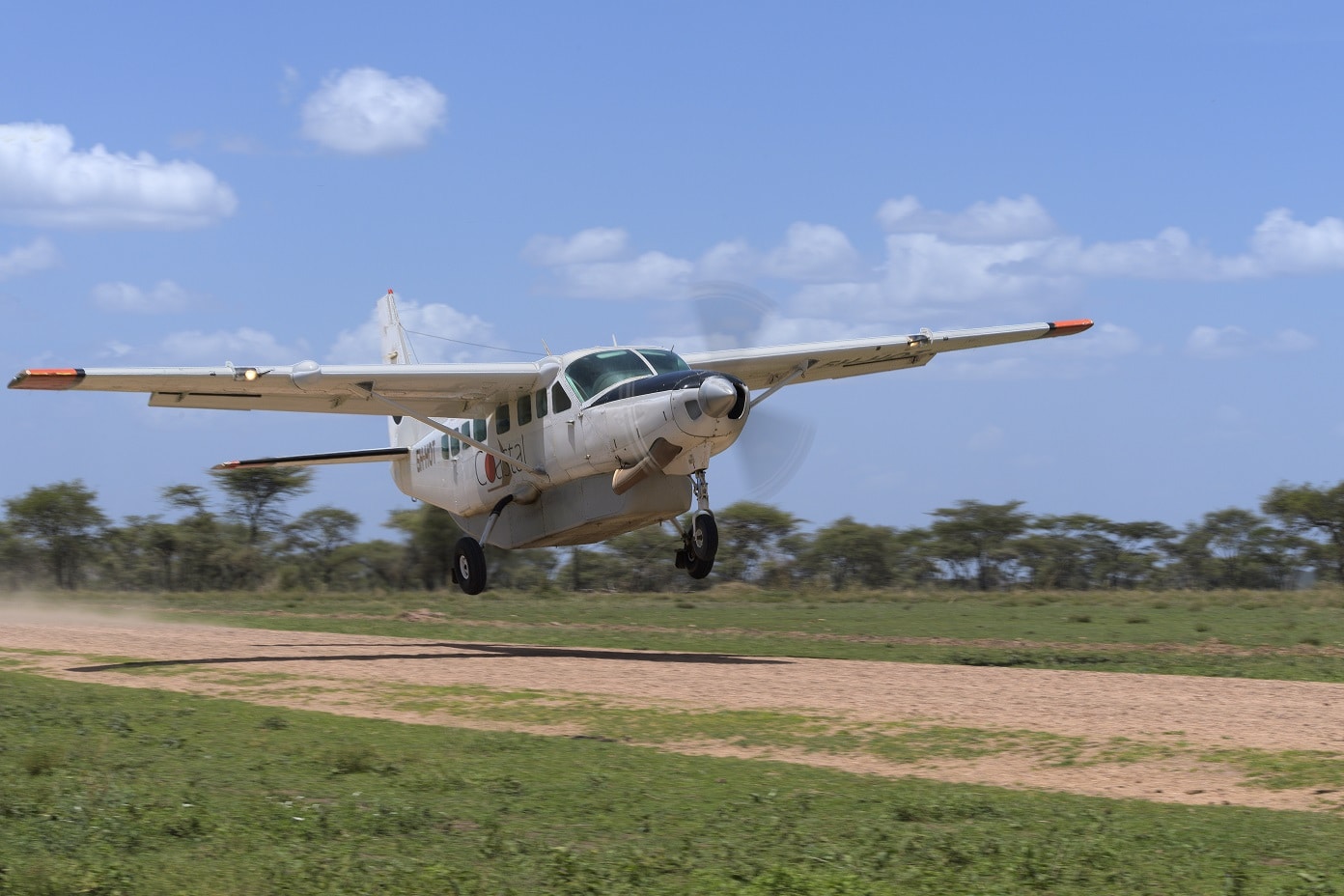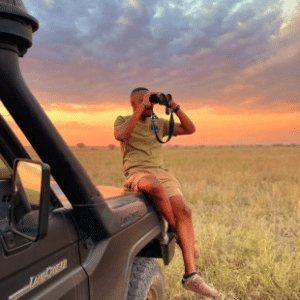Things to See and Do in Katavi National Park: A Comprehensive Travel Guide
Nestled in the southwest corner of Tanzania, Katavi National Park is a hidden gem that offers an authentic safari experience far from the crowds. Known for its untouched wilderness, abundant wildlife, and breathtaking landscapes, Katavi stands as one of Tanzania’s most remarkable national parks. Whether you’re an avid nature lover, a photography enthusiast, or a seasoned traveler seeking solitude, Katavi promises a memorable and exhilarating adventure.
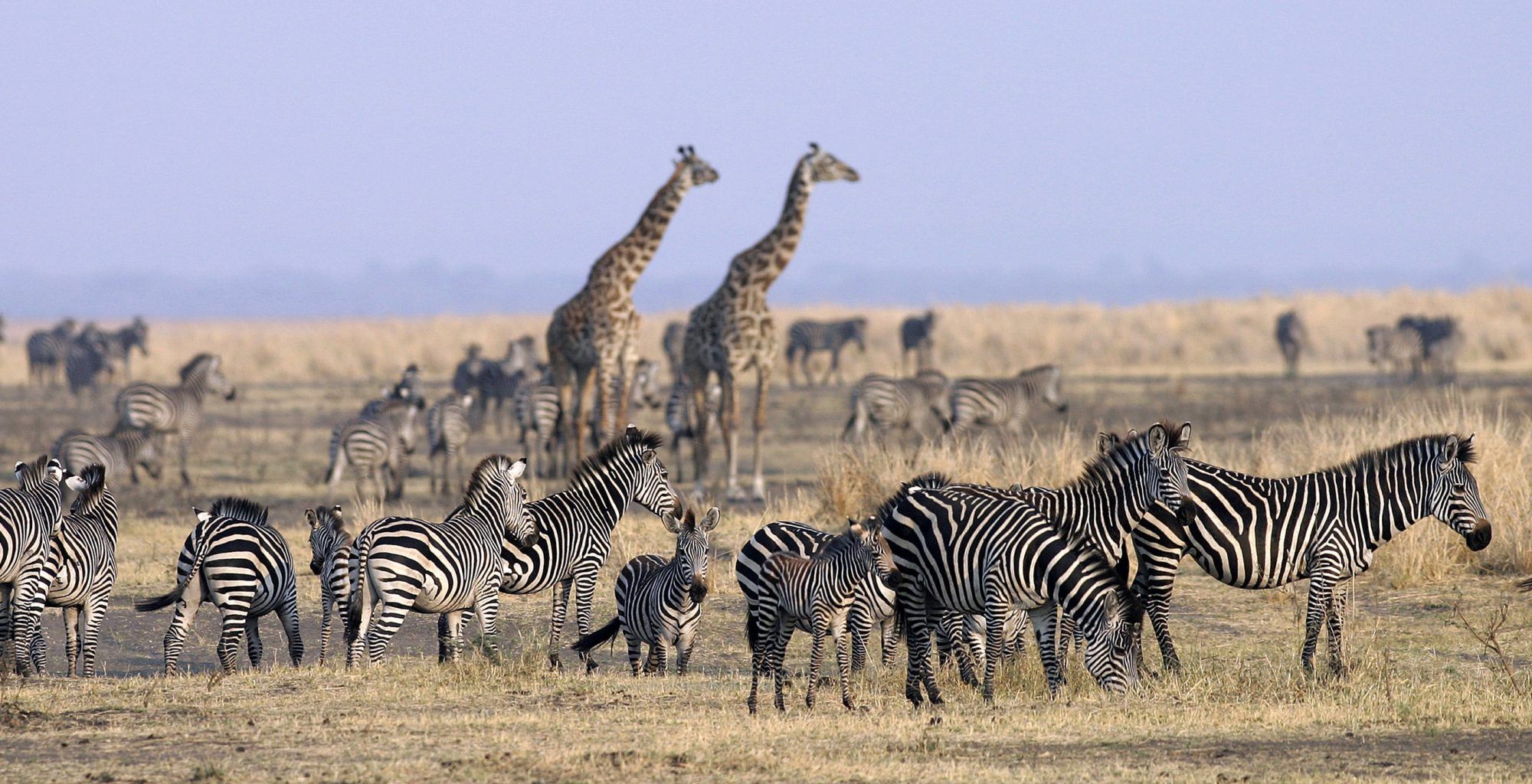
Highlights of Katavi National Park
- Remote Location: Katavi remains one of Tanzania’s most remote parks, ensuring an intimate and uncrowded safari experience.
- Diverse Habitats: The park boasts a wide range of landscapes, from vast grasslands to seasonal lakes, floodplains, and wooded areas.
- Rich Wildlife: The park is home to large herds of buffalo, elephants, and zebras, with a particularly high concentration of hippos and crocodiles.
- Incredible Birdlife: Over 400 bird species thrive in Katavi, making it a paradise for birdwatchers.
- Walking Safaris: Unique to Katavi, walking safaris allow you to experience the African bush up close, guided by expert rangers.
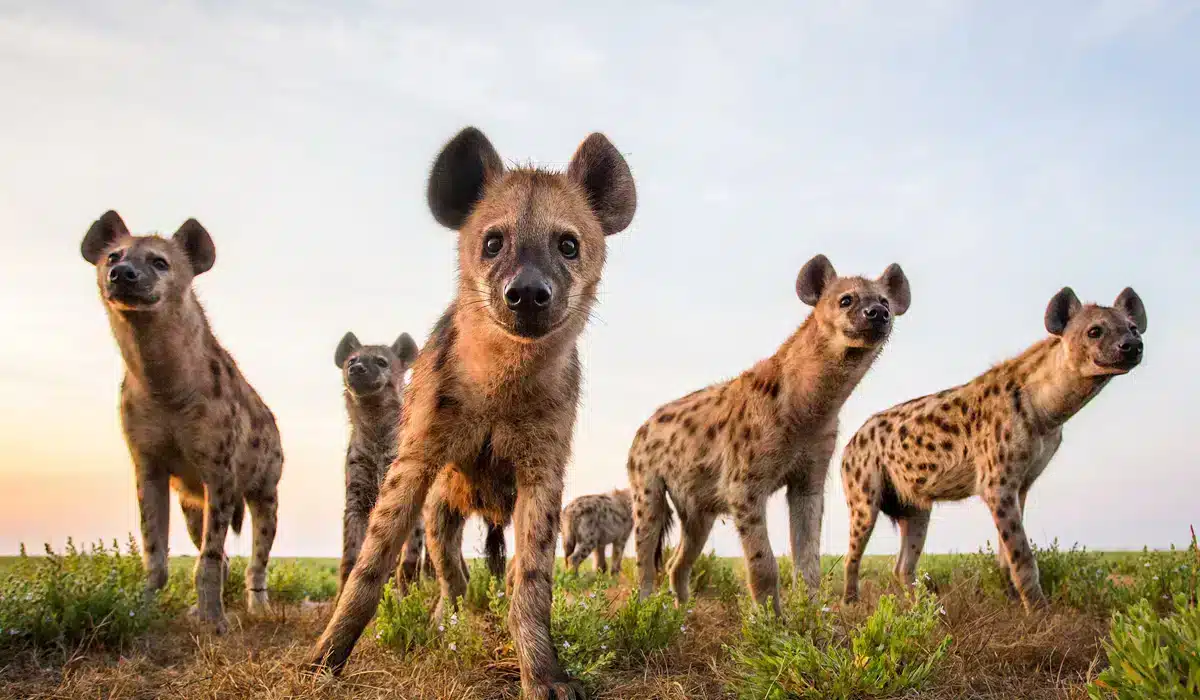
Things to See and Do in Katavi National Park
Katavi National Park isn’t just another wildlife destination – it’s an opportunity to step into a wild, untamed world where nature reigns supreme. Whether you’re exploring by vehicle, foot, or boat, there’s no shortage of activities to make your visit unforgettable.
1. Walking Safaris in Katavi National Park
One of the most immersive ways to explore the park, walking safaris offer a completely different perspective of the wilderness. Accompanied by an experienced guide, these walks allow you to experience the sights, sounds, and smells of the African bush like never before. You’ll track animals, learn about the ecosystem, and uncover hidden secrets that are often missed during vehicle safaris. These safaris are a must for those seeking a deeper connection with nature.
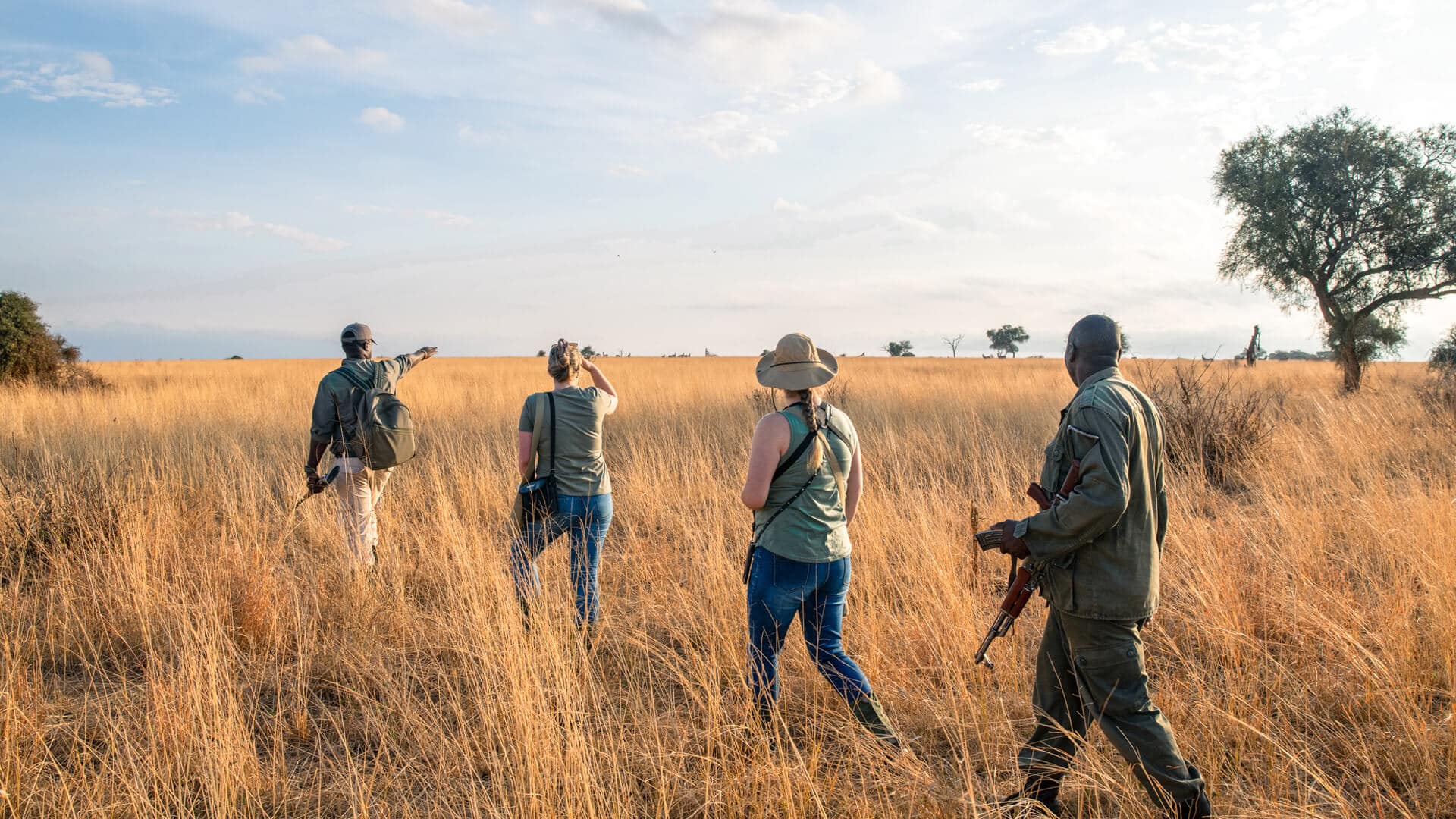
2. Boat Safaris in Katavi National Park
While the majority of visitors experience the park through game drives, boat safaris on the Katuma River provide an entirely different viewpoint. Glide through the river’s seasonal pools where hippos and crocodiles congregate. The serene waterway also offers opportunities for birdwatching and catching sight of elephants that come to drink.
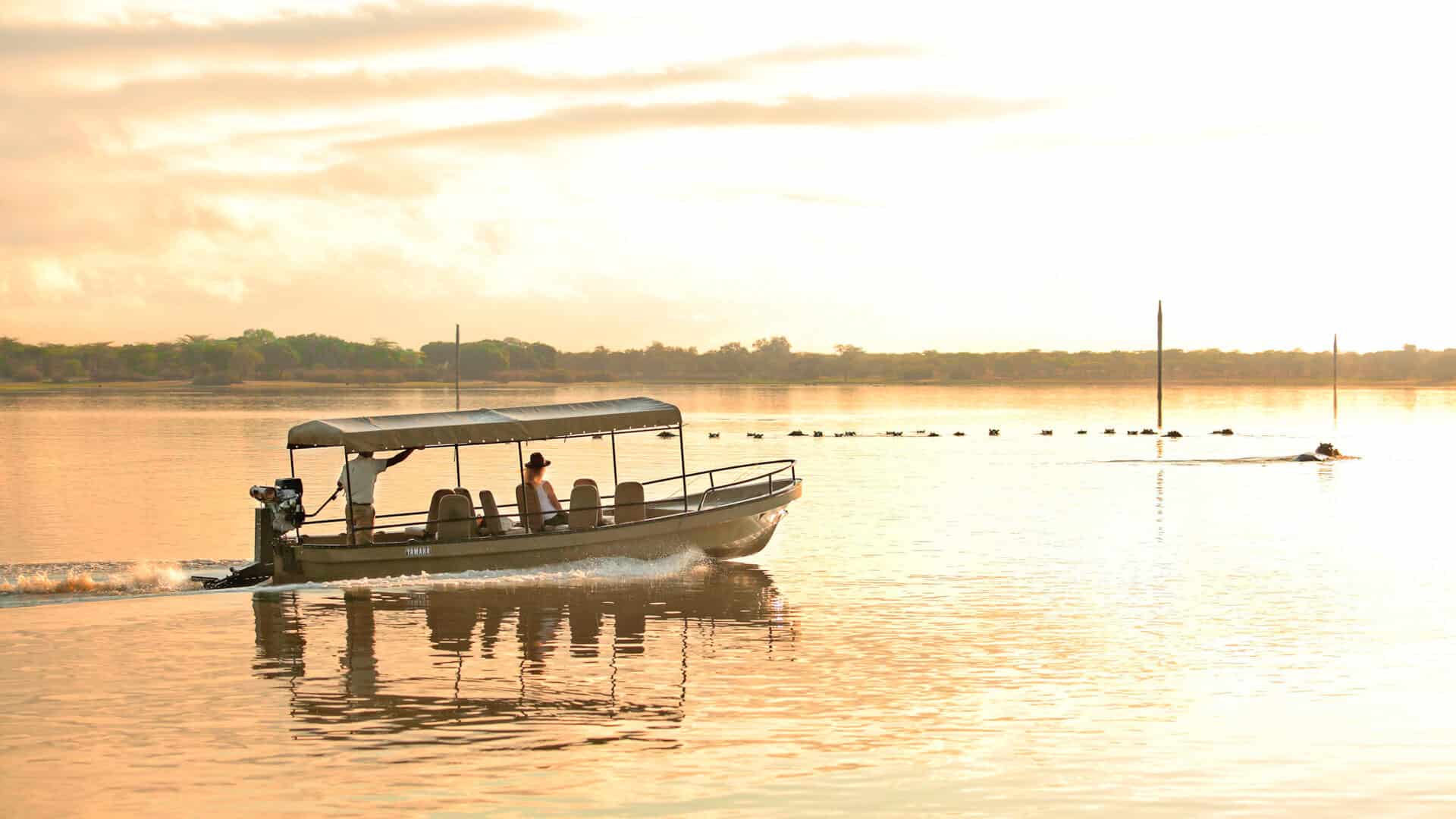
3. Fly Camping in Katavi National Park
For a truly authentic safari experience, try fly camping. This involves staying at a temporary campsite set up deep within the park, without the luxury of fences, running water, or flush toilets. While simple, it’s a truly immersive way to live like the locals, cooking meals over an open fire and falling asleep under a blanket of stars. Fly camping is ideal for those seeking an adventure off the beaten track.
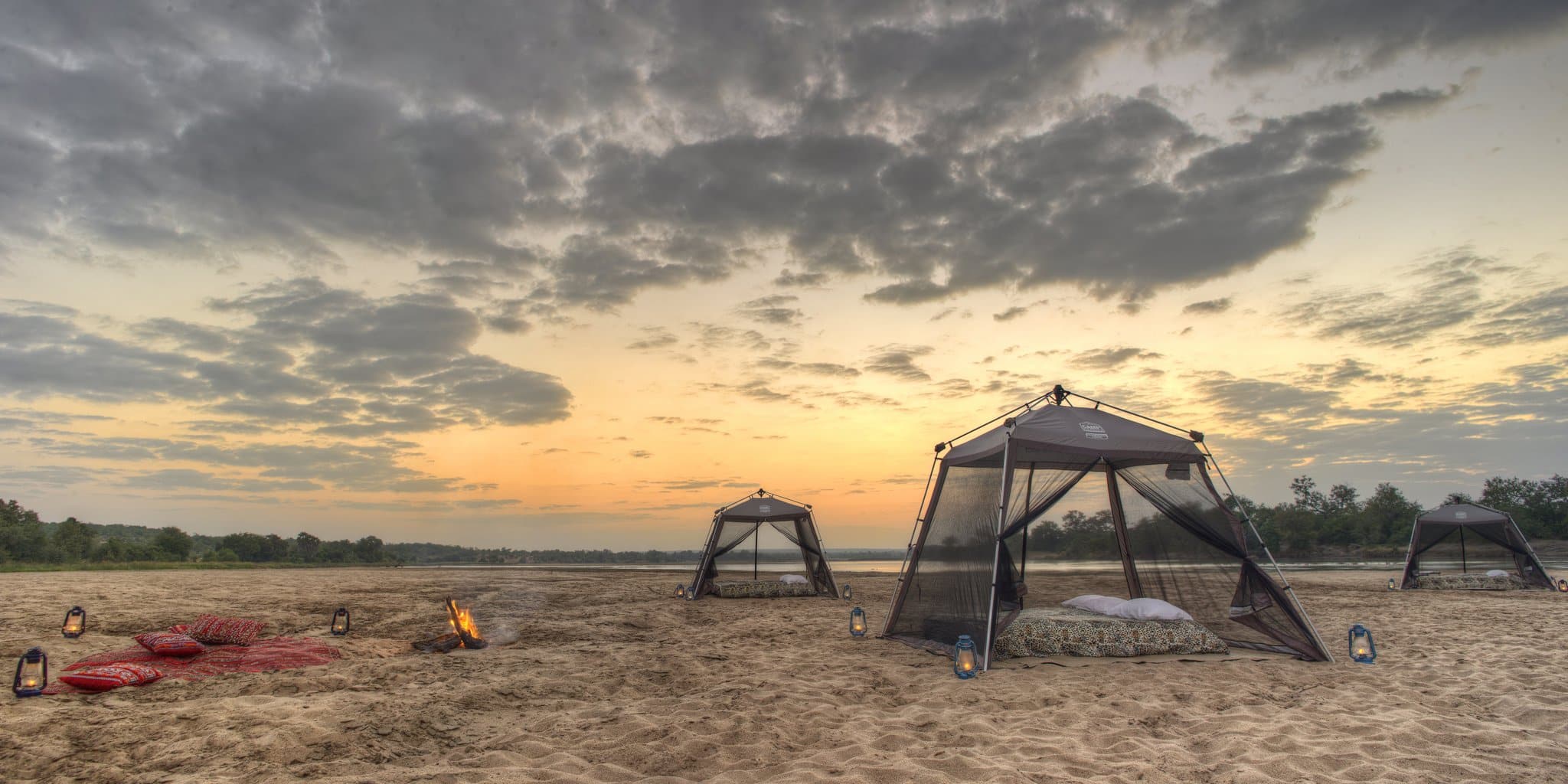
4. Sundowner Moments
End your day with a sundowner safari – a tradition that allows you to watch the African sunset while sipping on a drink, often accompanied by snacks. As the day cools, the landscape transforms, and the sounds of nocturnal creatures fill the air. It’s a peaceful, reflective moment after a thrilling day of game viewing.
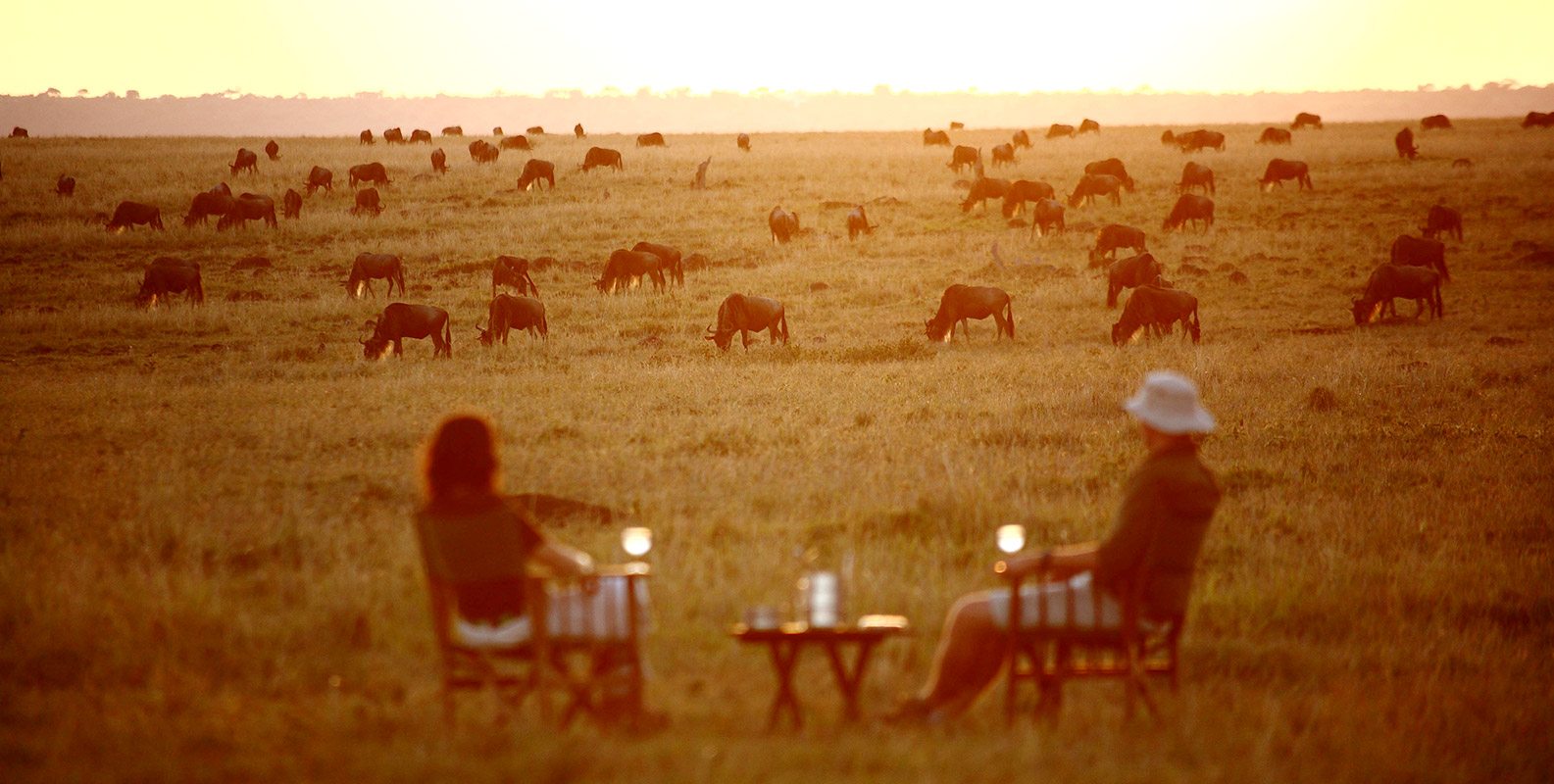
5. Birdwatching
Katavi National Park is a haven for birdwatchers, home to over 400 species of birds. The wet season (November to April) is particularly good for birding, as the floodplains turn into temporary lakes, attracting a variety of migratory birds. Look out for species like the African fish eagle, the white-headed vulture, and the crested crane.
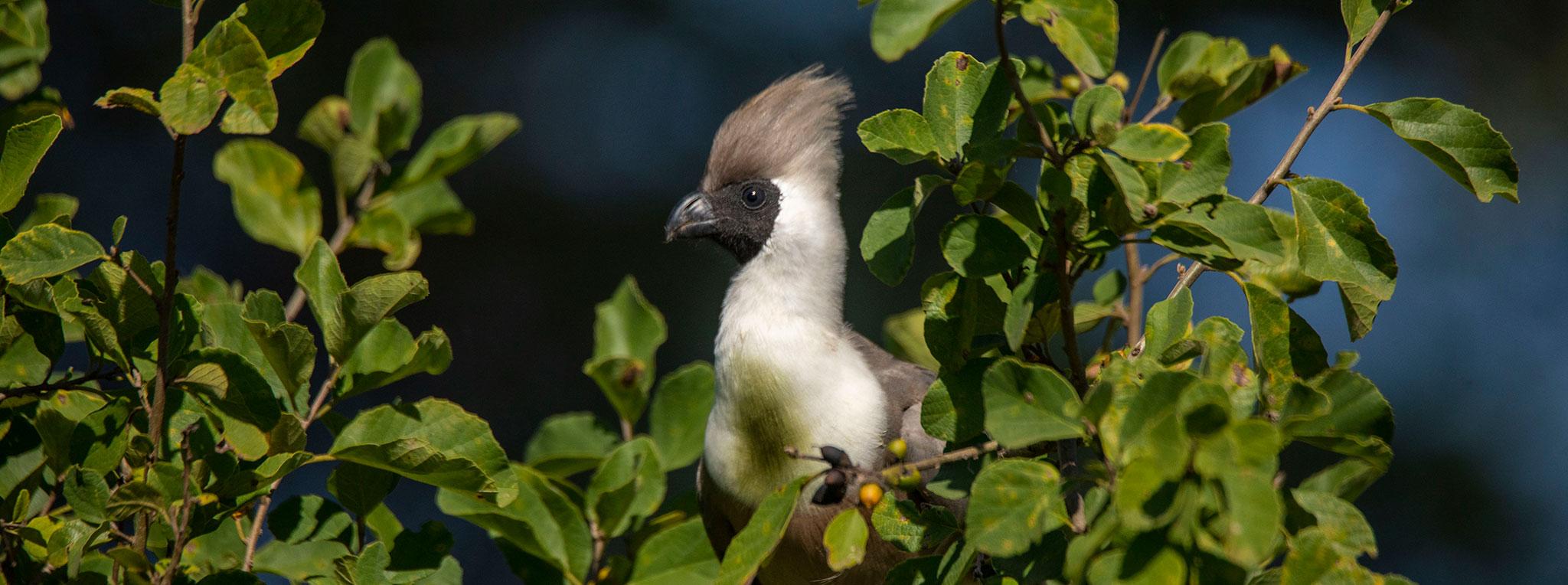
6. Cultural Encounters
Katavi offers more than just natural beauty. The area is steeped in rich cultural history, with several sacred sites worth visiting. One notable location is the Katabi Tree, a sacred tamarind tree near Lake Katavi, where local legends say the Wabende spirit, Katabi, resides. Many visitors leave offerings at the tree, seeking blessings from the spirit.

7. Photography Opportunities
From the dramatic landscapes to the vibrant wildlife, Katavi is a photographer’s paradise. The park offers numerous opportunities for capturing stunning images, whether it’s a herd of buffalo grazing at sunset or a crocodile basking in the sun along the riverbanks. The golden light of the early morning and late afternoon enhances the beauty of every scene, providing perfect moments to snap breathtaking photos.

8. Wildlife Research and Conservation Programs
Katavi’s remote location and unspoiled nature make it a prime location for wildlife conservation efforts. Travelers interested in conservation can often participate in wildlife tracking programs or conservation talks. These experiences not only help visitors understand the challenges facing Africa’s wildlife but also contribute to the preservation of the park’s fragile ecosystems.

9. Night Game Drives
For a completely different safari experience, embark on a night game drive. The park’s nocturnal wildlife is just as fascinating as its daytime animals. Lions, leopards, and other predators become more active after dark, and the park’s safari guides are well-versed in spotting these elusive creatures.

10. Picnic at Maji Moto Hot Springs
Maji Moto Hot Springs, located in the heart of Katavi, offers a peaceful spot for a picnic in nature. Surrounded by lush greenery, visitors can relax in the warm, bubbling waters while taking in the stunning views of the park. It’s a unique way to unwind and enjoy the beauty of the park.
11. Visit the Katavi Museum
For those interested in the region’s history, a visit to the Katavi Museum is a must. The museum features exhibits on the area’s geology, wildlife, and cultural heritage, providing valuable insight into the park’s past and its significance to the local communities.
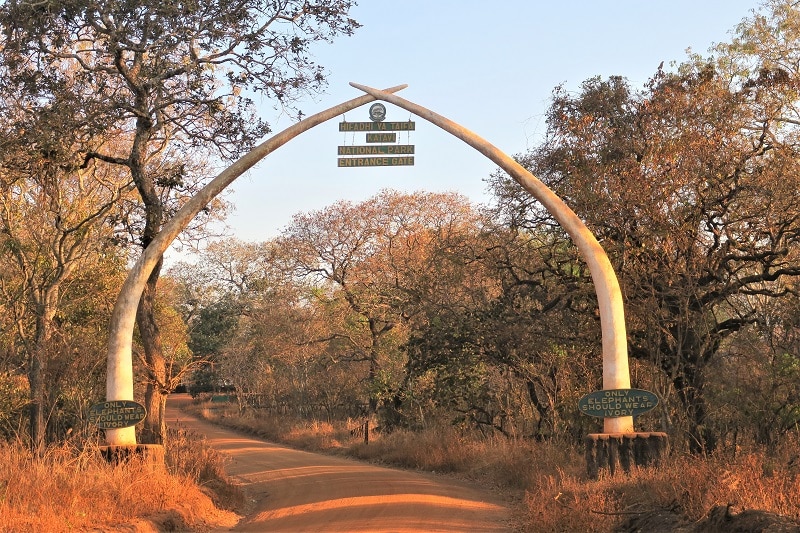
12. Hot Air Balloon Safaris
For an extraordinary experience, consider a hot air balloon safari over Katavi. This unique activity gives you a bird’s-eye view of the park, allowing you to take in the vast, sprawling landscapes and observe wildlife from the sky. It’s a once-in-a-lifetime opportunity for those seeking a truly unforgettable adventure.
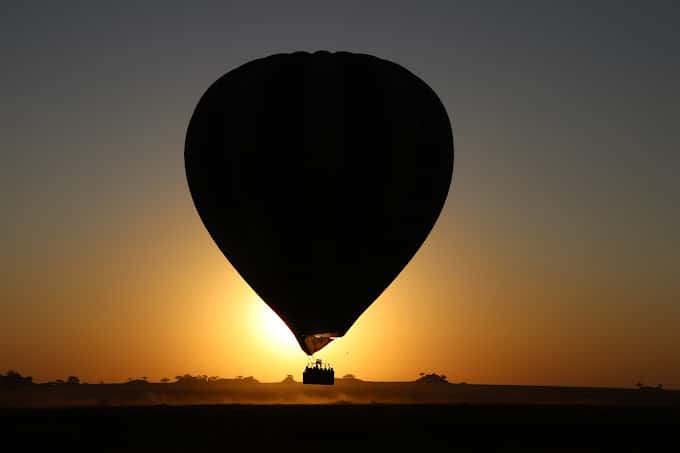
Best Time to Visit Katavi National Park
The best time to visit Katavi National Park is during the dry season, from June to November. During this period, the park’s water sources become scarce, drawing large numbers of animals to the remaining watering holes. The concentration of wildlife during this time is exceptional, making it a prime time for game viewing. The wet season, from November to April, is also worth visiting, particularly for birdwatching and the stunning floodplains.
How to Get to Katavi National Park
Getting to Katavi requires a bit of adventure, as the park is located in a remote part of Tanzania. By car, it’s a two-to-three-day journey from Dar es Salaam, though the roads can be rough and require a sturdy vehicle. Alternatively, flights are available from Dar es Salaam to the park’s airstrip, with two-weekly scheduled flights or chartered options.
Final Thoughts
Katavi National Park offers an unparalleled safari experience for those looking for seclusion and authenticity. Its rich wildlife, diverse landscapes, and immersive activities create the perfect environment for nature lovers and adventurers alike. Whether you’re on a game drive, a walking safari, or simply relaxing by the river, Katavi will leave you with lasting memories of Tanzania’s unspoiled wilderness.
Ready to Discover Katavi?
For those seeking a remote, pristine, and unforgettable African adventure, Katavi National Park should be at the top of your list. With its stunning landscapes, abundant wildlife, and intimate safari experiences, it’s the perfect destination for anyone wanting to explore the heart of Tanzania’s wild frontier.
For expert advice and safari packages, get in touch with Great Image Expedition today to plan your unforgettable Katavi adventure.
Contact us: 📩 Email: info@gie.co.tz
🌐 Website: www.gie.co.tz
Related Safari Packages:
